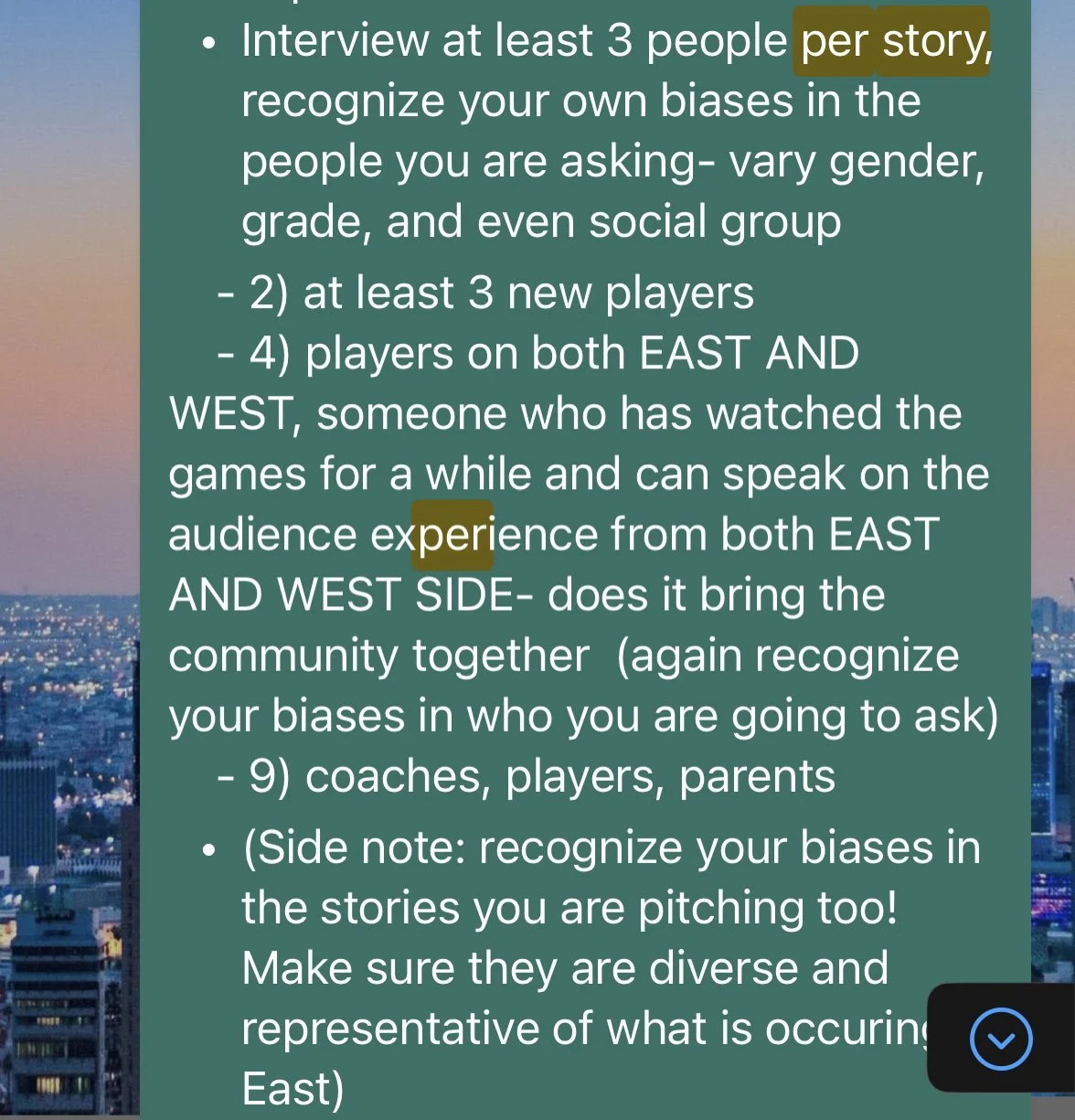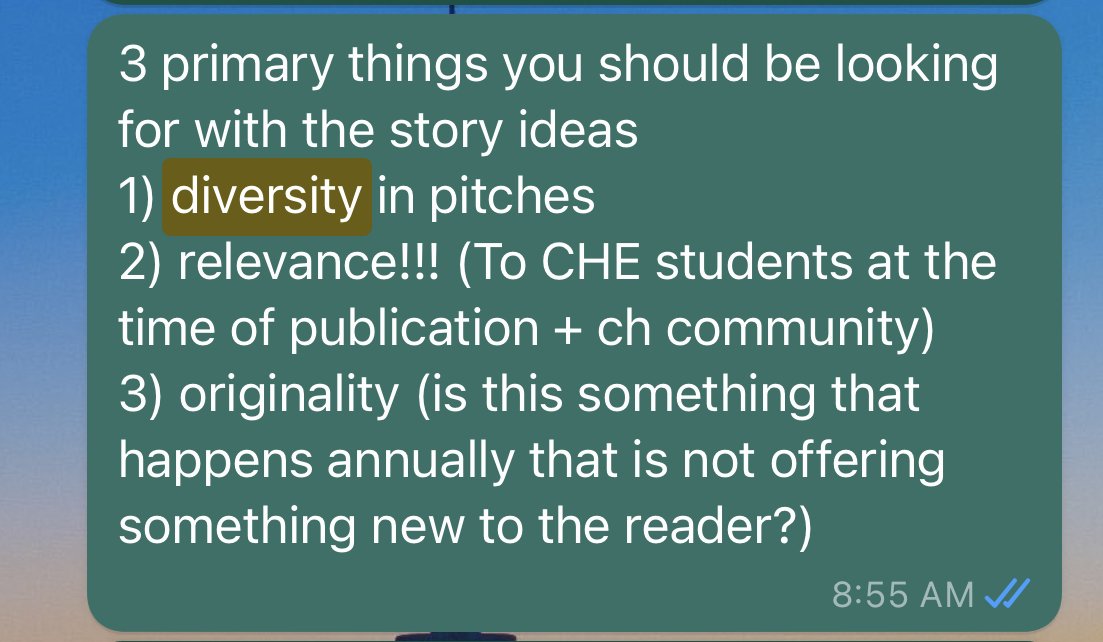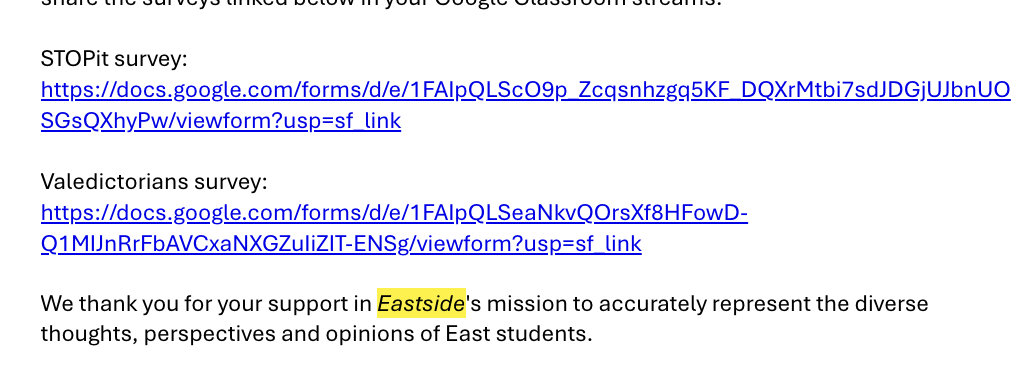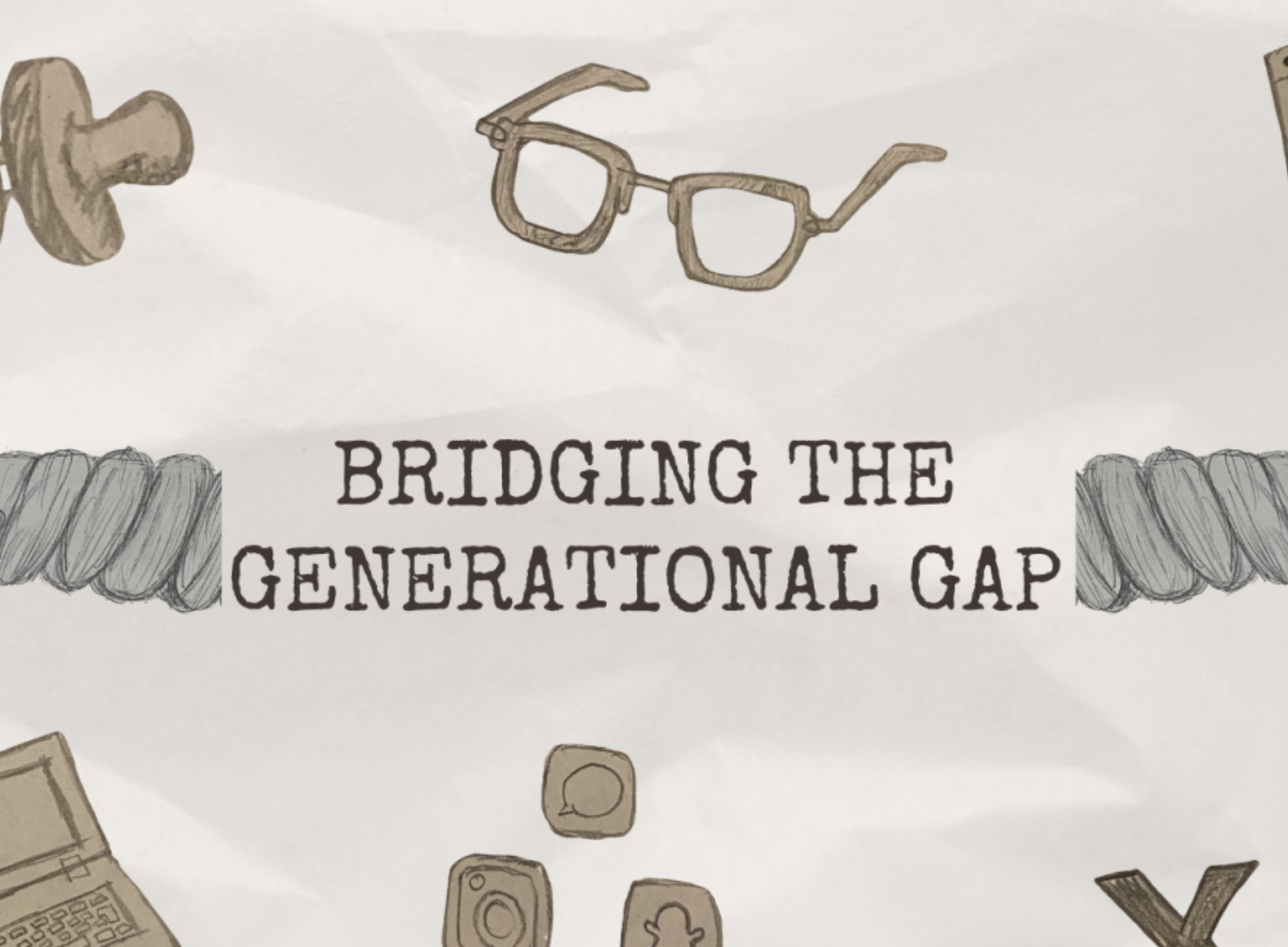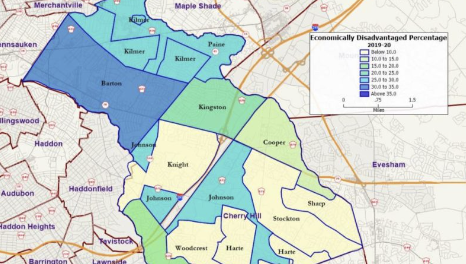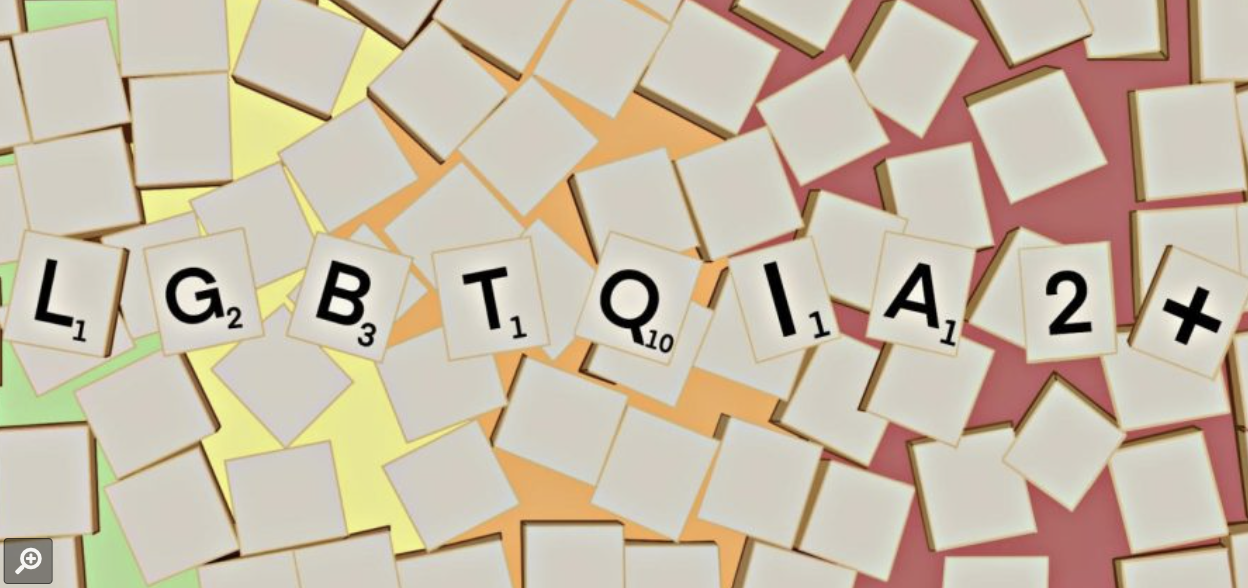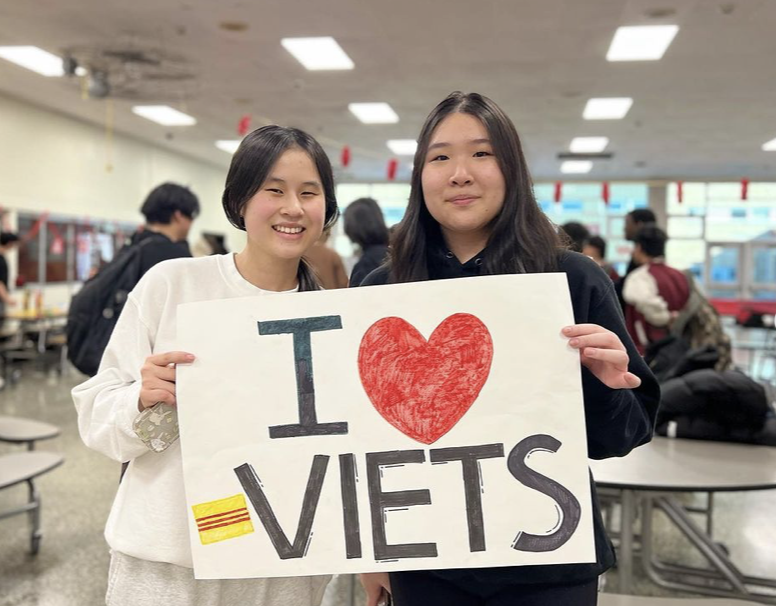Commitment to Diversity
Reporting practices
I have been both a steadfast advocate and practicer of pursuing and publishing reporting that is representative of the diversity of issues, people, and stories that so often get lost. I require that my section editors have at least two interviews per story, trying to represent diversity of perspective.
This was a message I sent to Sports editors hoping to ensure that there are enough interviews for the story they were pitching. I also suggested that they recognize biases in who they are asking including gender, grade, and social group.
This was a message I sent to Community editors stressing the importance of diversity in pitches.
I sent our surveys to all the English teachers in the school to post on their Google Classrooms to reduce sampling bias in our data to try to permit more diverse data collection.
Examples of diverse reporting
The stories we tell should be a reflection of the diversity of the world. A reflection of the diverse problems, people, and ideas that compose the nuanced landscape of humanity. Without diverse stories, we lose diverse thought and perspective that helps shape the complexity of our world. Throughout my years as a journalist, I have been a champion of diverse coverage— particularly trying to give a voice to groups that are often stripped of one. Below are some examples of coverage I hope exemplify that mission.
Bridging the generational gap
Discipline and economic disparities: Cherry Hill School District’s geographic divides
Exploring accessibility
LGBTQIA2+ by the letters
Lunar New Year celebration
The digital divide: how availability and accessibility of Wi-Fi impact socioeconomic disparities
Not so welcome? East students share experiences with discrimination at school
